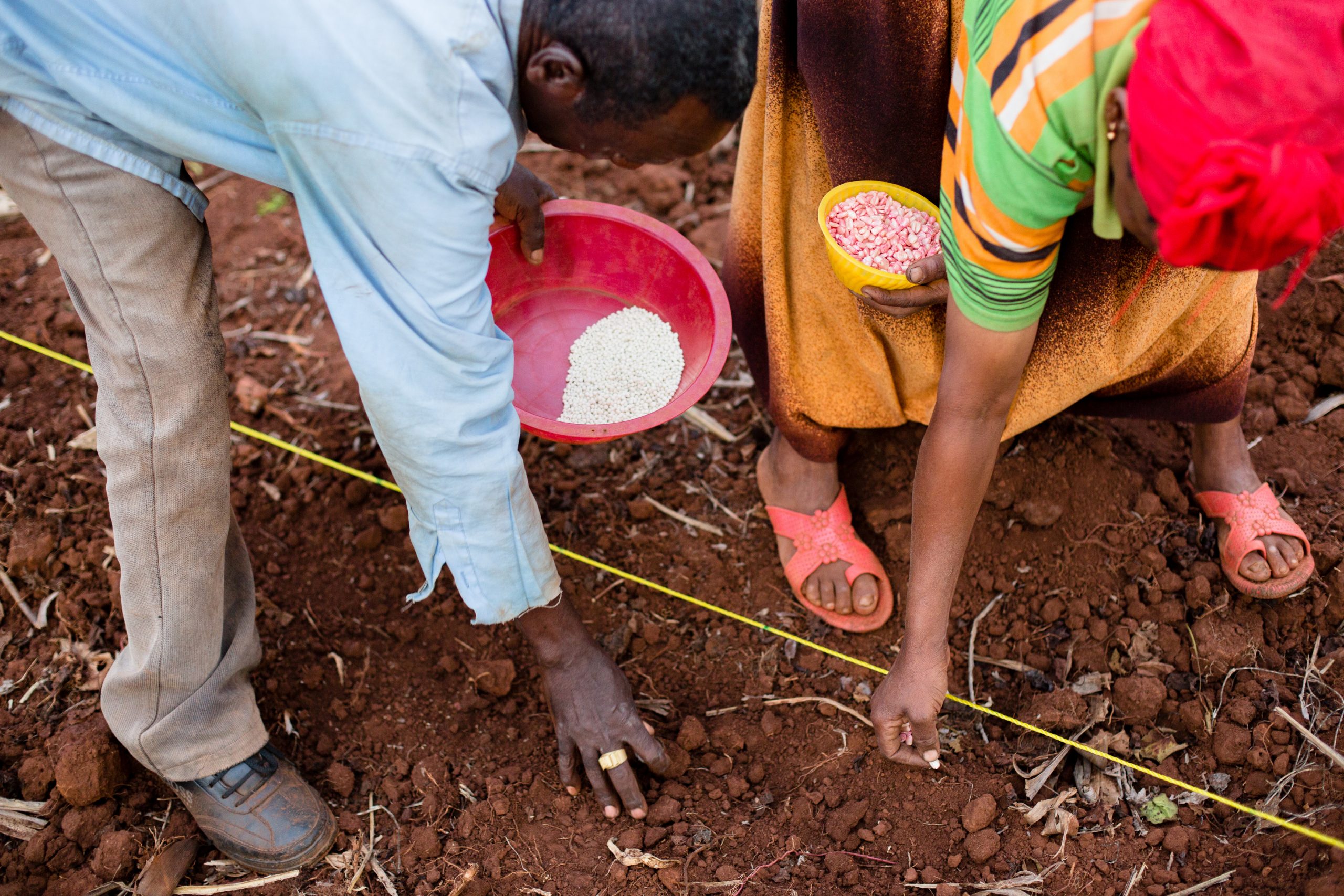With the launch of Nuru Nigeria, we are taking ambitious steps to eradicate extreme poverty in fragile rural areas and build communities resilient to violent extremism. By 2030, about 80 percent of the world’s extreme poor will live in fragile states unable to mitigate economic and security shocks. Nuru International has always believed that strengthening a community’s capacity to manage, absorb, and mitigate these shocks is key to sustainable development.
But how will we know that we are building resilience in the community?
Together, with our research partner, the Ray Marshall Center at the University of Texas at Austin, we adopted the USAID Resilience and Resilience Capacities Measurement Options in October 2018. This guidance captures best practices from the Resilience Evaluation, Analysis and Learning (REAL) Consortium. Members of REAL include Save the Children, CORE Group, Food for the Hungry, Mercy Corps, and TANGO International.
The Resilience Capacities Index is an aggregate score of three resilience capacities:
- Absorptive capacity is a community’s ability to anticipate or mitigate shocks through coping strategies. Nuru’s cash savings component in the Financial Inclusion Program, for example, allows households to face any unforeseen shocks without sacrificing assets.
- Adaptive capacity is a community’s ability to make well-informed modifications to livelihoods and/or coping strategies in response to change. Nuru’s Leadership Program focuses on the capacity development of our farmer organizations’ leaders. As Nuru exits from communities, local leaders have the ability to navigate shocks.
- Transformative capacity is a community’s ability to change or create new systems—like cultural norms—to establish an enabling environment for change. This capacity can take years to see impact, but Nuru is laying the groundwork. For instance, Nuru’s intentional focus on women participants, like Nuru Ethiopia’s Financial Inclusion Program, hopes to encourage more gender-equitable decision-making in households.
The study employs a mixed-methods approach, with qualitative components captured in focus groups and key informant interviews, and quantitative analysis using the difference-in-difference technique to inform attributable impact. Led by our local M&E team, we will collect panel data with mobile technology from randomly-assigned treatment and non-intervention comparison households. The study will produce reports and policy briefs that contribute original research and practical lessons for stakeholders and practitioners of resilience programming in the context of communities vulnerable to violent extremism.
By focusing on the resilience of our farmer households, we believe that they will continue to transform their communities long after we exit.


